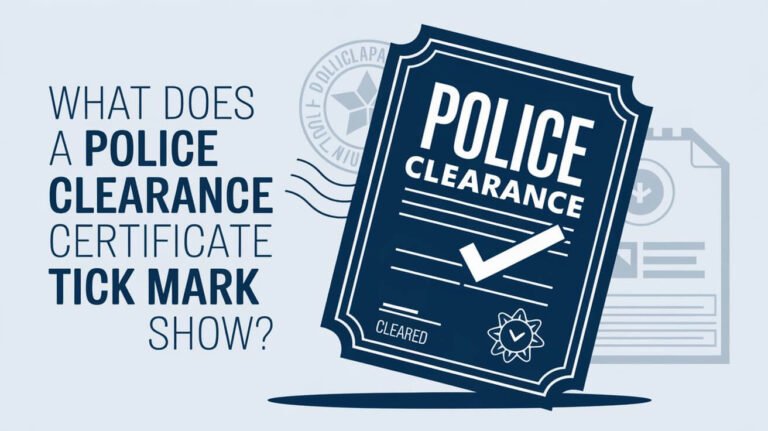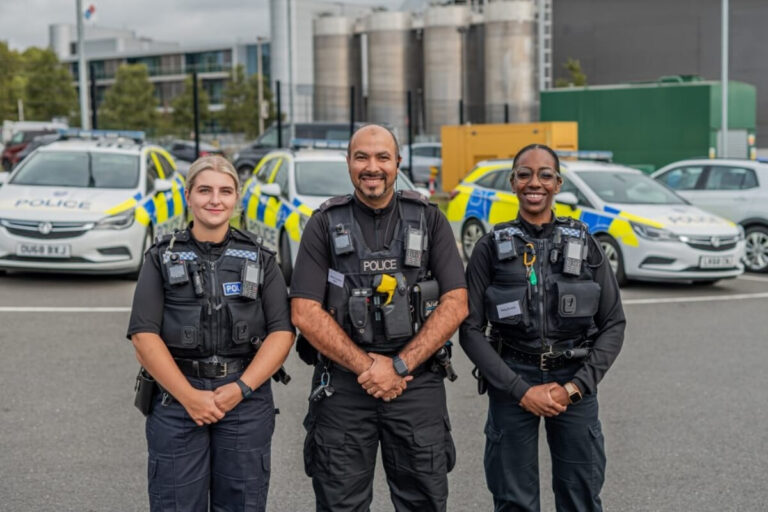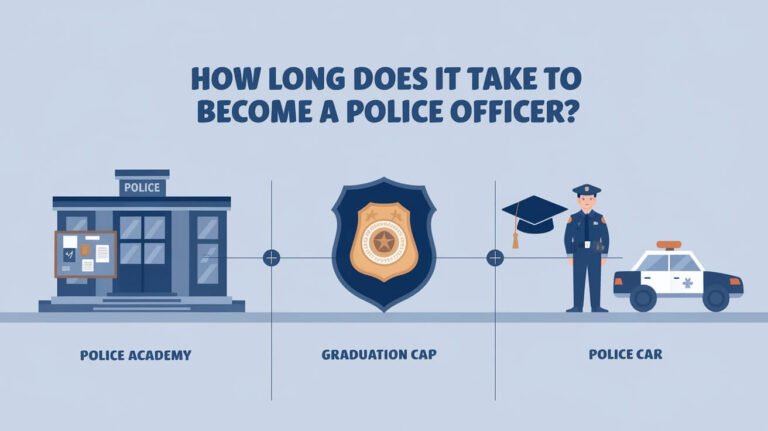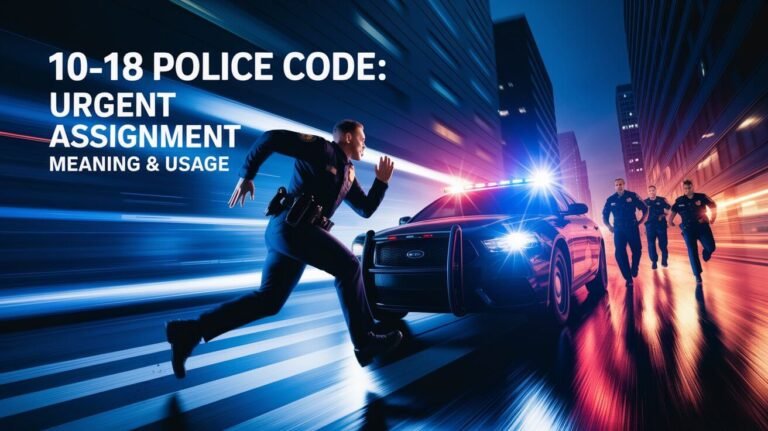Incident Report Vs Police Report: Differences & Uses
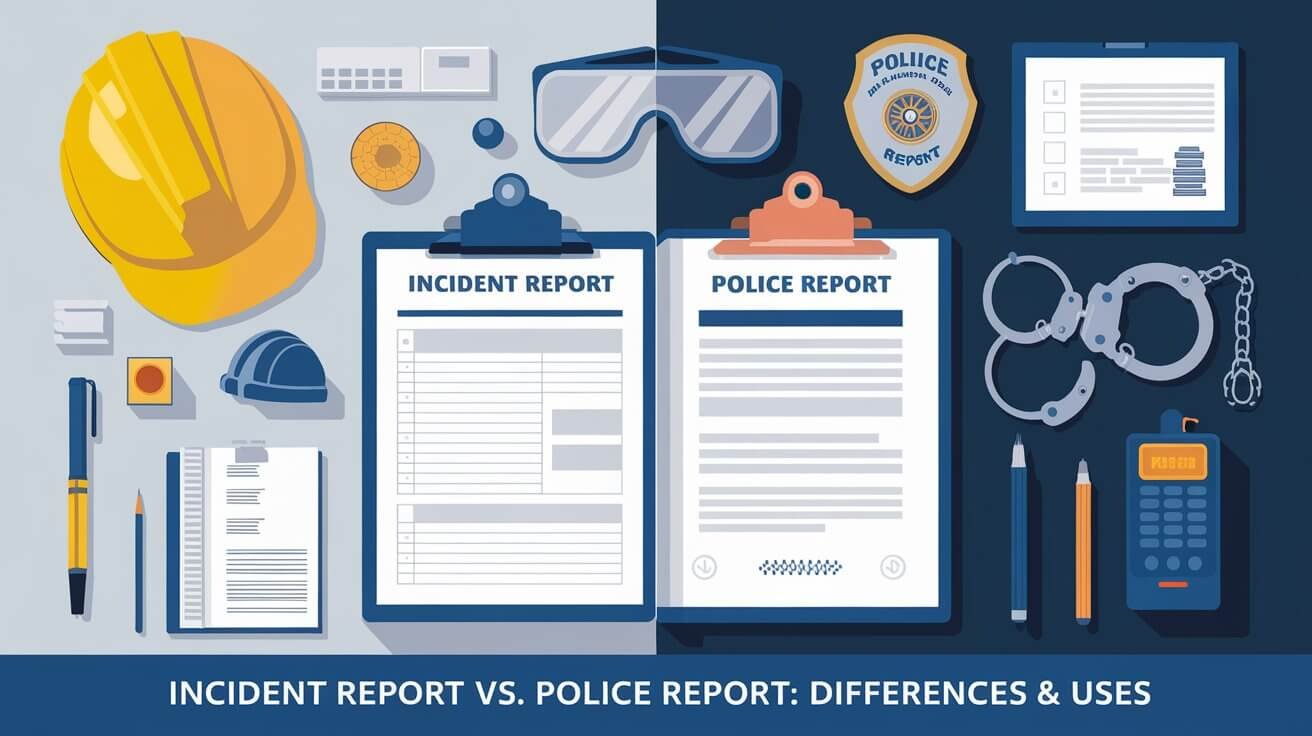
Ever wondered about the difference between incident reports and police reports? Both are important, but they serve different purposes. Knowing the differences can help you understand legal and safety procedures better.
Defining Official Documentation Types
Official documentation includes two main types: incident reports and police reports. These documents are key in recording and keeping important information. They cover incidents like accidents, crimes, witness statements, and legal actions.
Basic Report Components
These reports have basic parts like the date, time, and where the incident happened. They also include who was involved and any witness statements. It’s important to keep this info accurate and detailed.
Legal Documentation Standards
Following legal standards is crucial for these reports. They are vital evidence in criminal cases, insurance claims, and legal actions. Reports must be carefully made to be reliable and accepted in court.
Primary Purpose and Functions
Incident reports aim to document events for future use or to fix problems. Police reports, on the other hand, are official records in criminal cases. They give a detailed account of what happened and the police’s actions.
These documents are essential for keeping accurate records, aiding investigations, and ensuring the legal system’s integrity.
Incident Report Vs Police Report
When we talk about official legal documents, “incident report” and “police report” are often mixed up. But they are actually different kinds of records with their own uses. Knowing the difference between them is key to understanding law enforcement and making sure events are documented right.
Incident reports cover a wide range of events, like accidents or emergencies. They can be made by many people, like security guards or facility managers. On the other hand, police reports are made by cops and focus on crimes or safety issues.
- Incident reports document a wider range of events, while police reports concentrate on criminal or law enforcement-related incidents.
- Incident reports can be filed by various officials, whereas police reports are solely generated by law enforcement personnel.
- Both incident reports and police reports serve as formal records, but their scope, authorship, and usage differ based on the context of the incident.
It’s important to know the difference between incident reports and police reports for legal documents. The right report can affect how an incident is handled. Understanding these differences helps make sure the right information is recorded and the right steps are taken legally.
Essential Elements of Police Reports
Police reports are detailed records of incident investigations. They include a full account of what happened, the evidence found, and what witnesses said. These reports are key in law enforcement, helping with legal cases and guiding future investigations.
Officer Observations and Findings
The core of a police report is what the officer saw and found at the scene. They note any damage, injuries, and possible traffic law breaks. This detailed record gives a firsthand look at what happened, preparing the ground for further investigation.
Evidence Collection Procedures
Another key part of a police report is how evidence was collected. This includes listing any physical evidence, securing the crime scene, and keeping track of everything. These steps are crucial to keep the investigation accurate and reliable.
Witness Statement Documentation
Getting statements from witnesses is a big part of law enforcement procedures. Police reports include who the witnesses are and what they said. This witness statement documentation adds important details to the story, backing up what the officers found and helping to fully understand the event.
With these important parts, police reports give a complete picture of what happened. They are vital for both legal and investigative work.
Core Components of Incident Reports
Keeping a workplace safe and secure is very important for businesses. Incident reports are key in documenting accidents, injuries, and disruptions. They are important legal records and help prevent future problems.
These reports include important details about an incident. They help organizations spot risks, prevent future problems, and follow safety laws.
The main parts of a good incident report are:
- Date, time, and location of the incident
- Identities of individuals involved, including witnesses
- Detailed description of the incident, focusing on observable facts
- Any injuries, damages, or other consequences resulting from the incident
- Immediate actions taken in response to the incident
- Recommendations for preventing similar incidents in the future
Incident reports are more than just legal documents. They help improve safety and incident documentation in the workplace. By recording an accident report well, organizations can find hazards, understand causes, and take steps to prevent future risks. This makes the workplace safer.
Also, incident reports are key in investigations by law enforcement or regulatory bodies. They give a detailed account of what happened. This helps in a thorough review of the incident and ensures all important information is available for legal actions or compliance checks.
“Properly documenting incidents can help identify dangers in the work environment and avoid potential risks. This can lead to improved workplace safety and compliance with labor regulations and standards.”
To make incident reports effective, it’s important to stay objective, clear, and concise. It’s important to avoid emotional language, personal opinions, or unverified claims. Incident reports are legal documents that might be used in court or by regulatory agencies.
Following best practices for incident reporting, businesses can meet their legal duties and show they care about workplace safety and incident documentation. This can lead to a safer work environment, less liability, and a better reputation for the company.
Legal Authority and Jurisdiction
Law enforcement officers can write official police reports in their areas. The rules for these reports change based on the incident’s type and severity. For instance, in Florida, crashes that cause death, injury, hit-and-run, or over $500 in damage must be reported.
Law Enforcement Powers
Police can document incidents and collect evidence using different methods. They must make sure their reports follow their agency’s legal standards. This ensures the reports are valid and can be used in court.
Reporting Agency Requirements
- Police departments and other law enforcement agencies must follow specific guidelines and requirements when it comes to incident reporting.
- These requirements can include mandatory information fields, supporting documentation needs, and strict formatting and submission protocols.
- Adherence to these standards helps maintain the integrity and consistency of the legal documentation, which is crucial for its use in court cases and other legal proceedings.
Report Access and Public Records
In the United States, police reports are open to the public. But, getting these legal documentation can differ based on where you are and the report’s content.
Georgia stands out with its strong open government laws. The state’s Open Records Act makes most public records, like police reports, open to anyone. This openness is based on the state’s Constitution and supported by laws and court decisions.
Getting to report access involves a few things. In some places, police reports are public 60 days after an incident. To see them, you might need to sign an affidavit first. You can get copies by contacting the police and paying a fee. You’ll need to know the incident’s details and who was involved.
In states like Georgia, you can find reports online for minor incidents. This makes it easier to get public safety records without dealing with a lot of red tape.
Some parts of police reports might be hidden to protect privacy or keep operations secret. Finding the right balance between sharing information and protecting privacy is a big challenge.
As technology gets better, getting and understanding police reports will likely get easier. This could mean more public access to these crucial legal documentation.
Documentation Requirements for Each Type
Incident reports and police reports have some similar needs. Yet, they also have key differences in what information is required and what supporting documents are needed. Knowing these differences is crucial for making sure reports are complete and follow the law.
Mandatory Information Fields
Both types of reports need basic details like the date, time, and where the incident happened. They also require the names and contact info of those involved. A detailed description of what happened is also a must.
Police reports, though, need more. They ask for the officer’s notes, any evidence found, and if any laws were broken. These extra details help with investigations and legal actions.
Supporting Documentation Needs
Incident reports might need extra stuff like photos, witness statements, medical records, and insurance info. This depends on how serious the incident was. Police reports, though, need even more evidence. This includes interviews with witnesses, forensic tests, and other specific documents for the case.
The amount and type of detail needed for both reports can change. This depends on how serious the incident is and how much investigation is needed.
| Incident Report | Police Report |
|---|---|
| Date, time, location Involved parties’ details Incident description Photographs Witness statements Medical reports Insurance information | Date, time, location Involved parties’ details Incident description Officer observations and findings Evidence collected Potential law violations Witness interviews Forensic analyses |
Official Use and Distribution Channels
The way incident reports and police reports are used and shared changes based on their purpose and where they are filed. These documents are key for investigations, keeping public safety records, and legal needs.
Police reports usually go to law enforcement, prosecutors, and those directly involved. They help with criminal investigations, court cases, and insurance claims. Incident reports, by contrast, might be given to company leaders, safety teams, or groups like OSHA. This is to handle internal issues and follow workplace safety rules.
Both types of reports are important for insurance claims and legal cases. They offer crucial details and proof for different legal and administrative actions. This shows how vital they are for public safety and managing risks.emergency incidents. This includes lost items, theft, or vandalism. It’s important for everyone to know the law enforcement records and public safety protocols. This ensures they meet their legal duties and protect their rights after an accident or incident.

